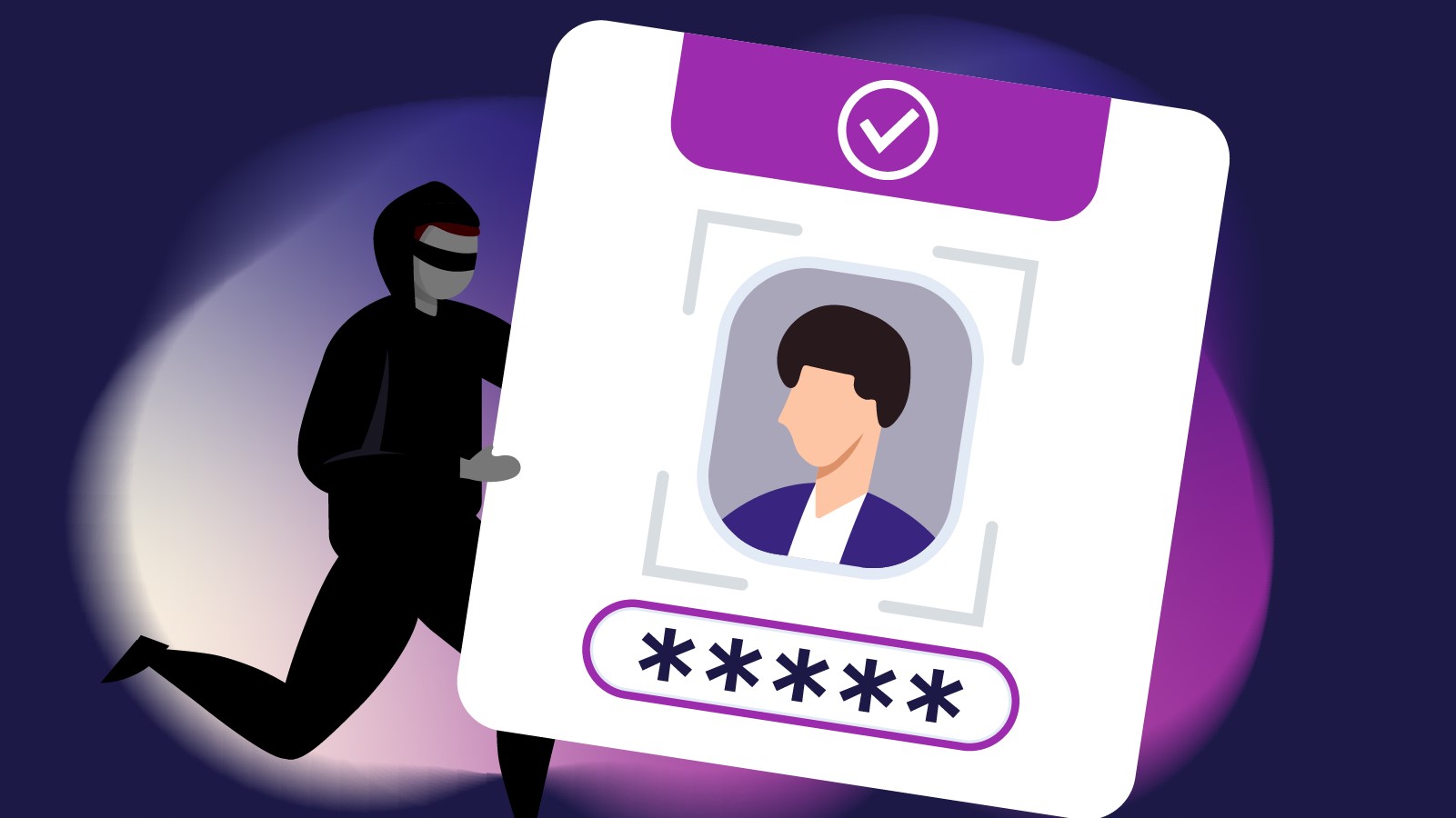Cyber criminals know their most powerful weapon isn't advanced technology—it's human psychology. Social engineering exploits our natural tendencies to trust, help, and respond to urgency, turning human emotions into a gateway for cyber attacks.
What is social engineering?
Social engineering is a manipulation technique where attackers trick individuals into revealing sensitive information or taking actions that compromise security. Instead of breaking through technical defences, these criminals simply walk through the unlocked door of human trust.

Common social engineering tactics include:
1) Phishing: The most prevalent method involves fake emails or messages appearing to be from trusted sources. These communications often include links to fraudulent websites designed to steal login credentials or personal information.
2) Spearphishing: A more targeted approach where attackers customise their approach using personal information gathered from social media or public sources. Imagine receiving an email seemingly from your boss requesting an urgent fund transfer.
3) Vishing (voice phishing): Attackers impersonate trusted entities like bank representatives or technical support over phone calls, manipulating victims into revealing sensitive personal information.
4) Baiting: Criminals offer something tempting (a free download, prize, or irresistible deal) that secretly introduces malware or steals information when clicked.
5) Pretexting: Attackers create elaborate fictional scenarios to obtain personal information, often impersonating trusted figures or claiming legitimate purposes like conducting surveys.
6) Pig butchering: A sophisticated online scam where criminals slowly build trust through a fake romantic relationship to manipulate victims into fraudulent investments.
Real-world impact
Social engineering isn’t just a theoretical risk—it’s a ruthless reality costing businesses and individuals millions each year. Australian businesses lose millions of dollars to cyber scams every year, with criminals stealing approximately $4,000 every hour.

These aren’t just numbers; they represent real people whose lives have been dramatically disrupted. From emptied bank accounts to stolen identities, social engineering attacks can devastate personal and professional finances in moments, turning carefully built financial security into chaos.
Protect yourself from social engineering attacks
Here’s a quick guide to protecting yourself from social engineering attacks:
- Always verify unexpected communications
- Never click suspicious links
- Use multi-factor authentication
- Limit personal information sharing online
- Trust your instincts if something feels off
Conclusion
Social engineering works because it targets our most human qualities: our desire to help, our trust, and our curiosity. By understanding these tactics, we transform from potential victims to informed defenders.
Stay curious, stay sceptical, and stay safe.





























